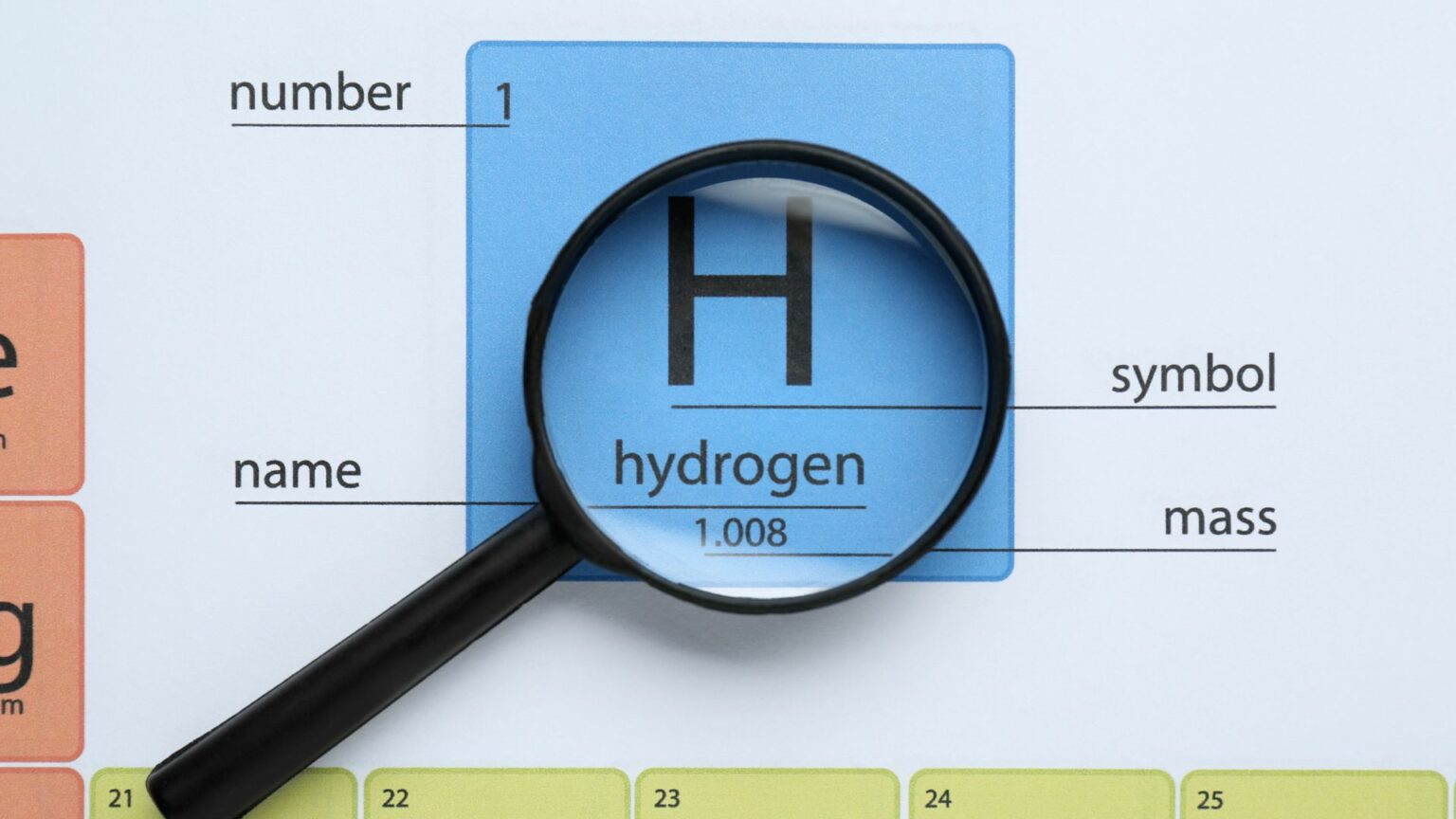The proposed Tiwi Hydrogen Project—once a high-profile 2.4 GW green hydrogen export initiative off Australia’s Northern Territory coast—has been formally withdrawn from federal environmental review, marking the end of a venture that once held “major project” status in Australia’s energy transition strategy.
Provaris Energy, formerly Global Energy Ventures, cited prolonged delays in securing land-use agreements with the Tiwi Islands’ traditional owners and a decline in offtake momentum from Singapore as key factors in abandoning the project. The company had already halted work in early 2024 and formally notified stakeholders by December of the same year.
The project, first proposed in 2021 and later upgraded to federal major project status in 2022, was envisioned as a 500 MW solar farm on a 2,862-hectare site cleared for plantation, eventually scaling to 2.4 GW. The integrated system aimed to produce up to 90,000 tonnes of green hydrogen per year for export, leveraging Provaris’ proprietary compressed hydrogen shipping technology.
Crucial to the project’s economic viability was demand from Southeast Asia, particularly Singapore. But while Singapore initially expressed interest, approving hydrogen-ready gas turbines, policy signals shifted. By late 2023, Singapore had pivoted toward exploring ammonia-fired pilots, undermining the project’s original export thesis.
The loss of momentum in Singapore mirrors wider market recalibrations. Even the ambitious Sun Cable project—once targeting 20 GW of solar and 42 GWh of storage for power exports to Singapore—has undergone restructurings.
In 2021, the Tiwi Hydrogen Project appeared to have broad support, including from indigenous representatives and the Northern Territory government. Yet negotiations around economic participation and land rights did not translate into binding agreements. This breakdown exemplifies broader challenges in aligning large-scale renewables with community governance structures—especially on land held by Indigenous groups.
The project’s infrastructure would have included a desalination plant for water supply and purpose-built port logistics—further compounding the permitting complexity. Without formalised land-use agreements, the project’s cost structure remained uncertain.
While the company’s exit from the Tiwi Islands marks a setback for Australia’s early green hydrogen ambitions, Provaris asserts that its European initiatives will benefit from the technical and commercial groundwork laid in the Tiwi project.
Stay updated on the latest in energy! Follow us on LinkedIn, Facebook, and X for real-time news and insights. Don’t miss out on exclusive interviews and webinars—subscribe to our YouTube channel today! Join our community and be part of the conversation shaping the future of energy.
